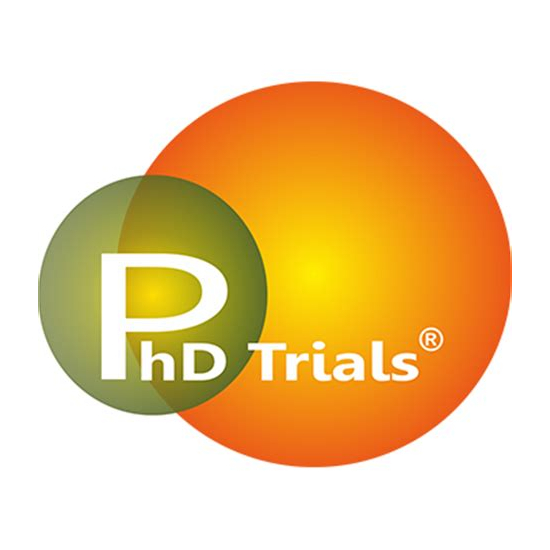Acne is a common skin alteration that affects people worldwide in different degrees being an important concern for the population, especially for teenagers. It is characterized by presenting inflammatory and non-inflammatory facial lesions such as papules, pustules, nodules and comedones. This has an impact on the skin at different levels:
- Skin texture – imperfections and pores.
- Skin tone homogeneity – redness and pigmentation.
- Skin oiliness – lipidic index and shininess.
- Comfort & wellbeing – sensorial methods.
At PhD Trials® we can evaluate and quantify the major aspects of acne alterations to globally evaluate the improvement resulted by a cosmetic treatment.
Facial skin imperfections lead to an important impact on skin texture. To evaluate the state and evolution of the skin surface can be used the AEVA-HE system, a 3D scanner that produces very accurate data about the skin roughness and smoothness. Pores are more visible on this skin condition population. VISIA® image analysis to study and obtain parameters of the number and area of the pores is an appropriate method to study the improvement in this aspect.
Skin homogeneity is also affected, dyschromia is visually perceived due to inflammatory redness or post-inflammatory pigmentation resulting in an uneven face skin. To evaluate these aspects can be used colorimetric measurements directly on the spot or quantify in a more global way by the acquisition of VISIA® images and their analysis by a specific software, obtaining parameters such as number of spots and area covered by red or brown spots.
Skin oiliness is generally increased in this skin condition showing the skin shinier and oilier. Products that act in the sense of regulating the level of sebum can be objectively evaluated using the well-known Sebumeter® system to assess the immediate decrease of lipidic index or the decrease of a sebum rate after a defined period after a single product application or after several weeks of a treatment. Also, it is proposed to evaluate the skin shininess reduction by the acquisition of VISIA® images taken with cross and parallel polarization light and posterior image analysis using specific algorithms.
Related with acne oiliness and using also VISIA® system, there is an interesting parameter to be evaluated that is the porphyrins level, bacterial excretions that can become lodged in pores. In this case, the images acquisition will be performed using UV light.
Comfort and wellbeing perception of people experiencing this skin condition can be importantly affected, resulting in low self-esteem and lack of confidence. PhD Trials® offers an advanced method to evaluate how this self-perception can be improved when using an effective treatment. The proposed sensorial method involves several evaluations among them the Galvanic Skin Response (GSR), Facial Expression Analysis, Eye Tracking and Electroencephalography (EEG) to conclude about how strong and what type of feelings and sensations a subject is experiencing.
Clinical studies performed in PhD Trials® involving robust and objective quantification of the presented parameters will give you a deep knowledge of the efficacy of your product. Contact PhD Trials® to know how we can help you in the development of your products targeting acne skin.

CONTACT
Phone number: +351 216034267






